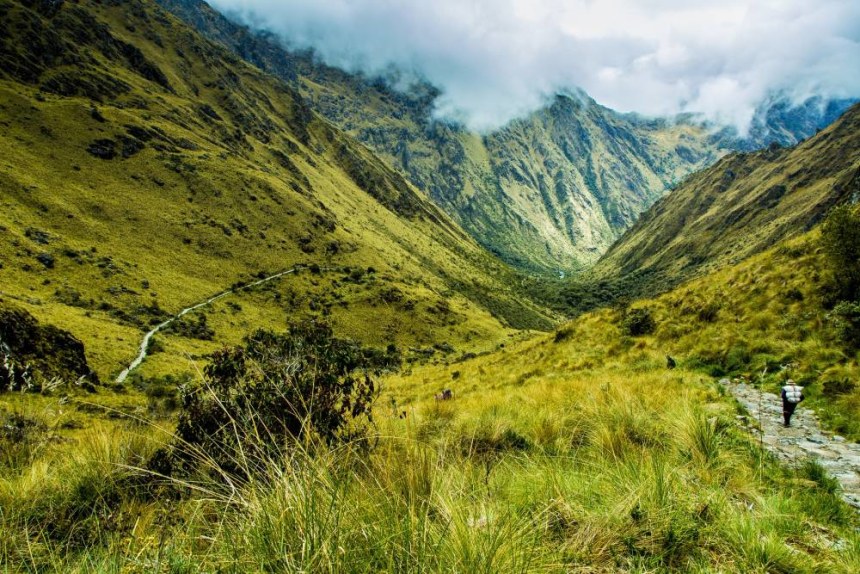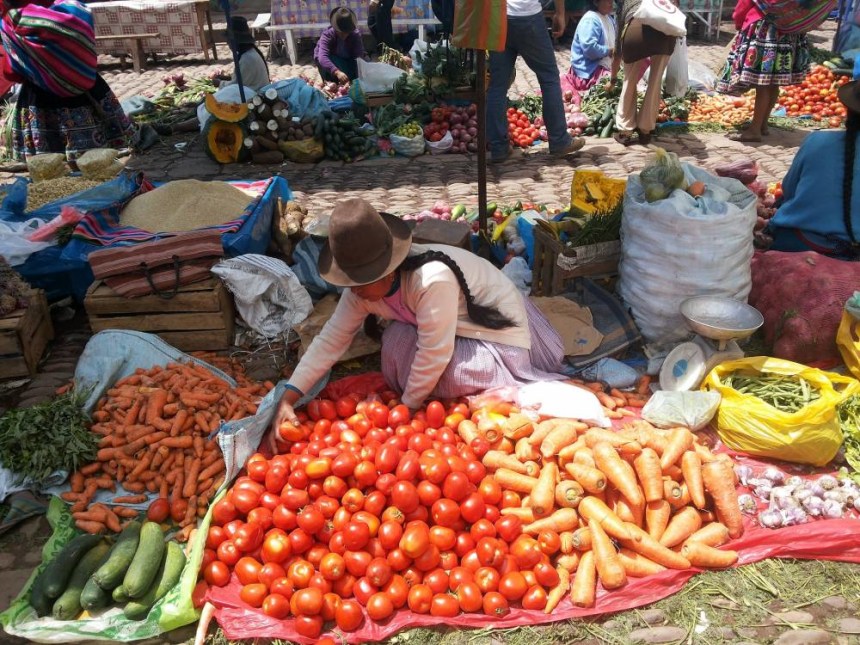
Although this statement sounds chauvinistic while seeing the Peruvian reality, analyzing the large number of challenges that we must solve to be able to give a dignified quality of life to our population, eliminating poverty and finding ourselves at the technological avant-garde like the great powers, you will understand, in the next few lines, why Peru is actually one of the most important countries in the world. Peruvian wealth goes beyond the Wall Street stock exchange, the obtention of nuclear weapons, having the highest production of GDP and the highest towers or the largest corporate chains in the world. Peru´s wealth is related to its MEGA-DIVERSITY both in the natural and in the cultural.
It is important to understand and defend Peru’s richness as the main genetic bank of the world. Three mountain chains that form the Andes mountain range in the center of the country divide it into three natural regions: the coast, the highlands and the jungle. As a result, Peru is a geographically and politically complex place for communications and diverse styles of life, but it is also a great source of wealth for its bio diversity, registering more than 25,000 species only in flora, equivalent to 10% of the world total, 84 of the 117 areas of life and 28 of the 32 different types of climates in the world. The variety of climates and ecosystems generate diverse altitudinal floors, which help develop diverse species of flora and fauna that adapt to absolutely particular conditions, being great part of the species of this unique place, endemic.
The great cultural diversity is also related to the knowledge and customs of the 77 ethnic groups registered in this nation by the Ministry of Culture, having being recorded 68 native languages from 16 ethnolinguistic families. This variety is also related to the presence of the Andes mountain range: human groups have settled in a separated way due to the complexity of the terrain, their customs are varied in terms of gastronomy, folklore, languages, etc. This phenomenon has a relation with the ecosystem that surrounds them. For instance, in the Peruvian coast, food is based on fish, corn, beans and squash, while in the sierra it is more common to use guinea pig, potato, quinoa, and in the jungle it is the use of bananas, wild boar, fish of lakes or rivers. The variants are related to the natural resources of each region and the techniques developed by their communities for the effective use of the former. 
In the last century, scientific studies have registered Peru as the country with the largest number of orchid species, among them, the largest on the planet, with 13 meters long, located in the town of Huachucolpa, department of Huancavelica. It also has the plant with the largest fruit on the planet, the “Macre” squash, reaching up to 70 kilograms. As for fauna, Peru is the first country in the world in variety of fish, with a record of 2000 species, a record of 1816 bird species, more than 330 species of butterflies and cacti, being also the third in diversity of amphibians, with 333 species of them, and 462 species of mammals.
Undoubtedly, Peru is a place to be proud of. Thus, we must be aware we are one of the most important countries in this world, but it will depends on the maturity and responsibility with which we manage our natural resources and preserve our heritage to keep this condition. It is crucial not to accommodate the entry of transgenic seeds, which would mean the disappearance of our great natural legacy, or let modernity and globalization make us lose pride in our customs and traditions. Peru is one of the most important countries in the world, a place all Peruvians can be proud of, and an interesting place for all the travelers of the world to know. Do not miss the chance to discover and love Peru day by day!


